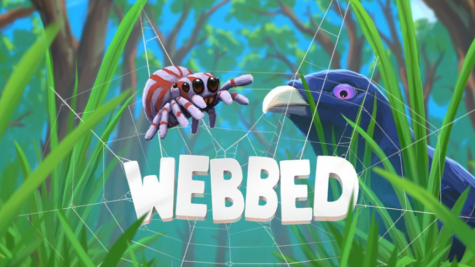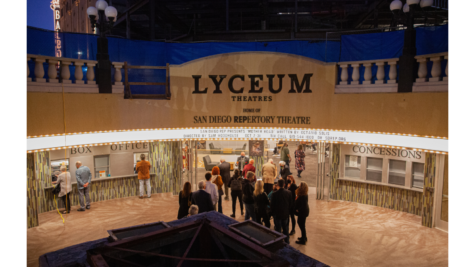Make college more affordable with textbook alternatives
April 11, 2017
It’s over halfway through the semester, and I still haven’t opened my textbooks. Even though I bought them with every intention of doing so, it just hasn’t seemed necessary.
Textbooks seem to be a dying art form. They are quickly being replaced with new information mediums. No more are the days where in-class videos were shown by hungover teachers or substitutes. The expensive tradition of carrying ten pound, thousand-page monstrosities to class may soon be over, and it can’t come soon enough.
Textbooks are written in rigid academic language that is often boring. Different topics require different stimuli, and preferences vary from person to person. I can force myself to read history, but my math book might as well be written in Russian. Being required to use a snoozefest as your only educational medium is a surefire way to learn nothing.
Even if I wanted to open them, I rarely have the time. On top of school, I have a job and a mildly existent social life, and I’m not alone in this struggle. The National Institute of Educational Statistics said during a 2012 study that nearly half of all college students ages 16-24 work while going to school. The average number of hours worked only increases the older the student gets. Unless you are “Good Will Hunting,” this makes studying with a textbook very difficult.
If I do accidently glance towards one, all I feel is regret for spending my hard earned paper on wasted trees. We’ve all heard about how expensive textbooks are. We’ve likely ranted about it before. No one is surprised when a 2015 Business Insider article points out that only five publishing companies control 80 percent of the market, and that 18 cents for every dollar spent on a textbook is pure profit for the publisher.
I’d rather feel remorse for not using it than waste my time with textbooks. We are in the Information Age. There are plenty of alternatives that can be better suited for a given topic and that are probably faster and cheaper to access.
One of these new media are Open Educational Resources. These products are licensed in such a way that allows professors and students to access the media for free.
A well-known example of OER would be YouTube. Harvard University has uploaded hundreds of videos, on topics ranging from US-Japan relations to Ecology. They vary from video lectures to live demonstrations. Many other universities post countless hours of content as well.
Channels like Crash Course and Vsauce offer more entertaining alternatives on a wide variety of topics. If you are nervous about citing them, they at least offer suggestions for further resources. According to the 2011 Oxford OER Impact Study, confidence in a source is important when using OER.
Another great resource is podcasts. Anyone with a cell phone can audio record their voice, and this ease allows more educators, reporters, and experts to put the information out there. Need to do a research paper on technological advances in genetics? There’s a podcast for that. Have no idea what deontology is? There’s a podcast for that. Podcasts offer an entertaining, portable study tool. Most are easy to access and free to download.
There are also lesser known programs that vet and cite their sources. OERCommons.org has searchable content in thirteen subjects. The media comes in the form of videos, photos, articles, books, and more. Sites like this allow you to confidently access free resources.
A quick Google search for “OER Repository,” will show endless links to resources available for free. Their openness allows you to tailor your learning experience to your needs, making the process more time and learning efficient.
Personally, I know I won’t be opening my textbooks this finals season.












